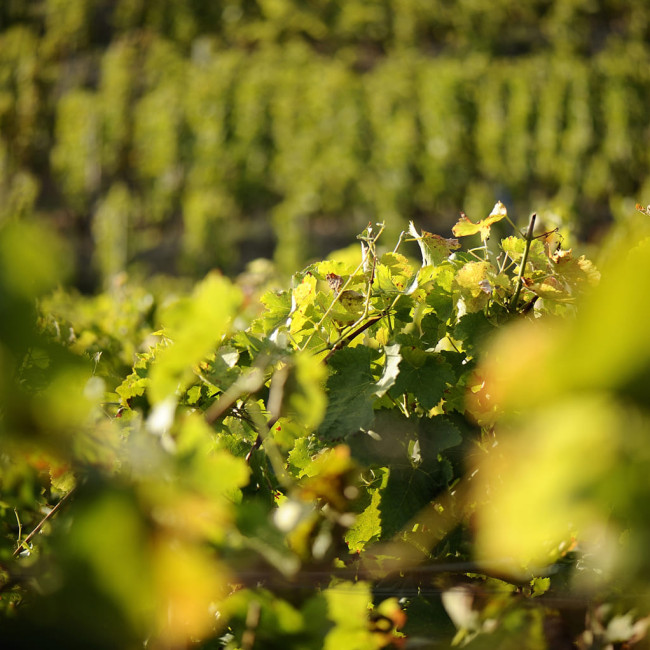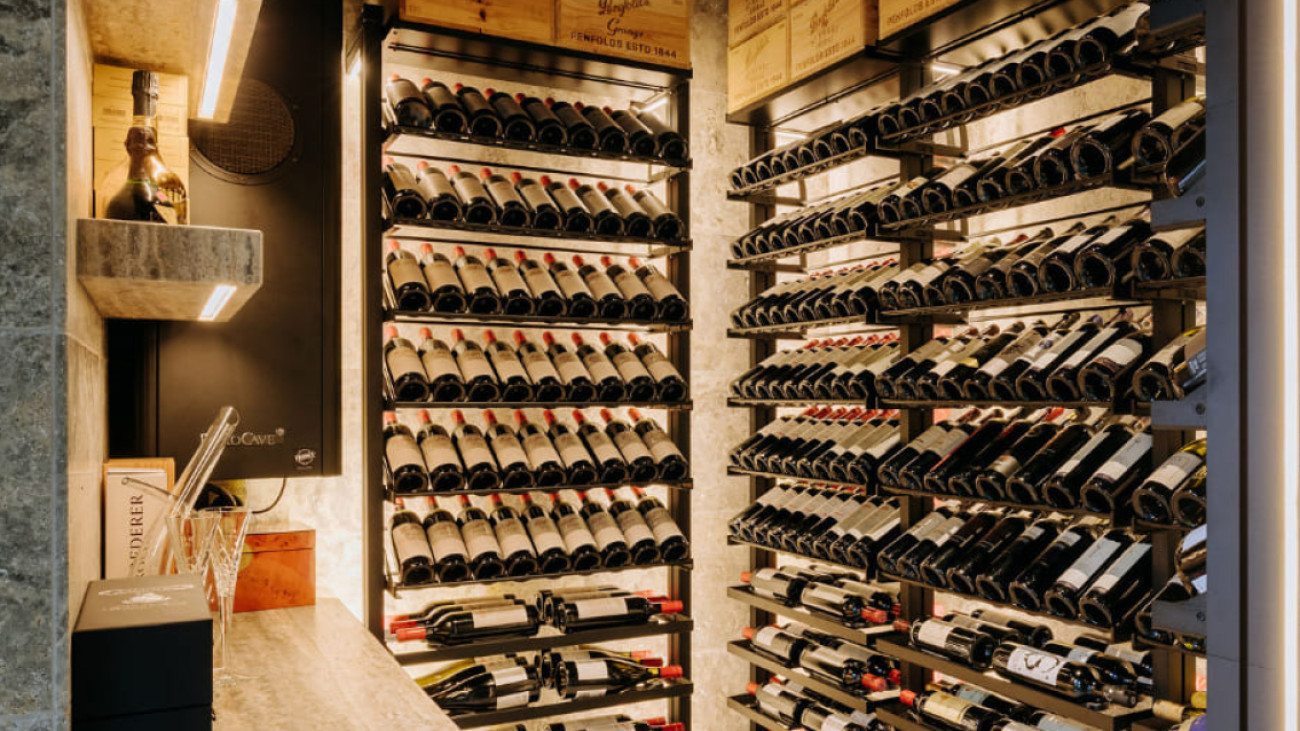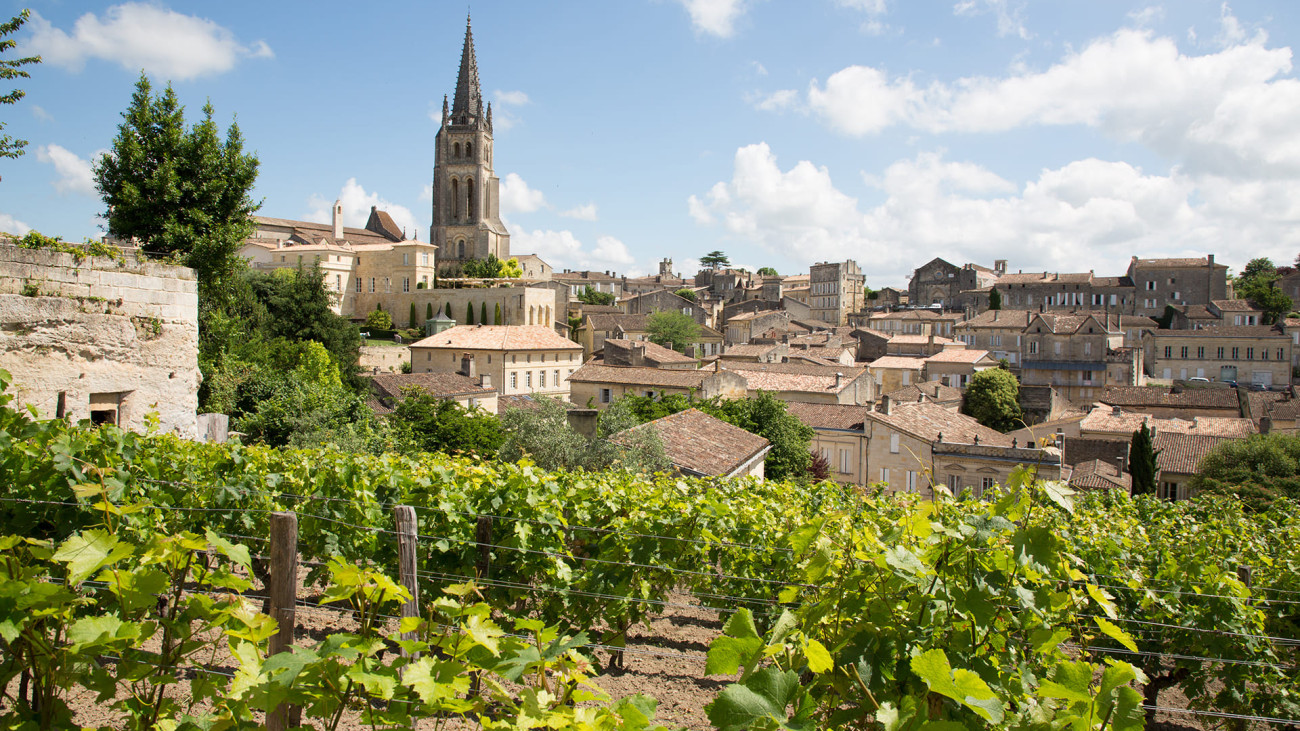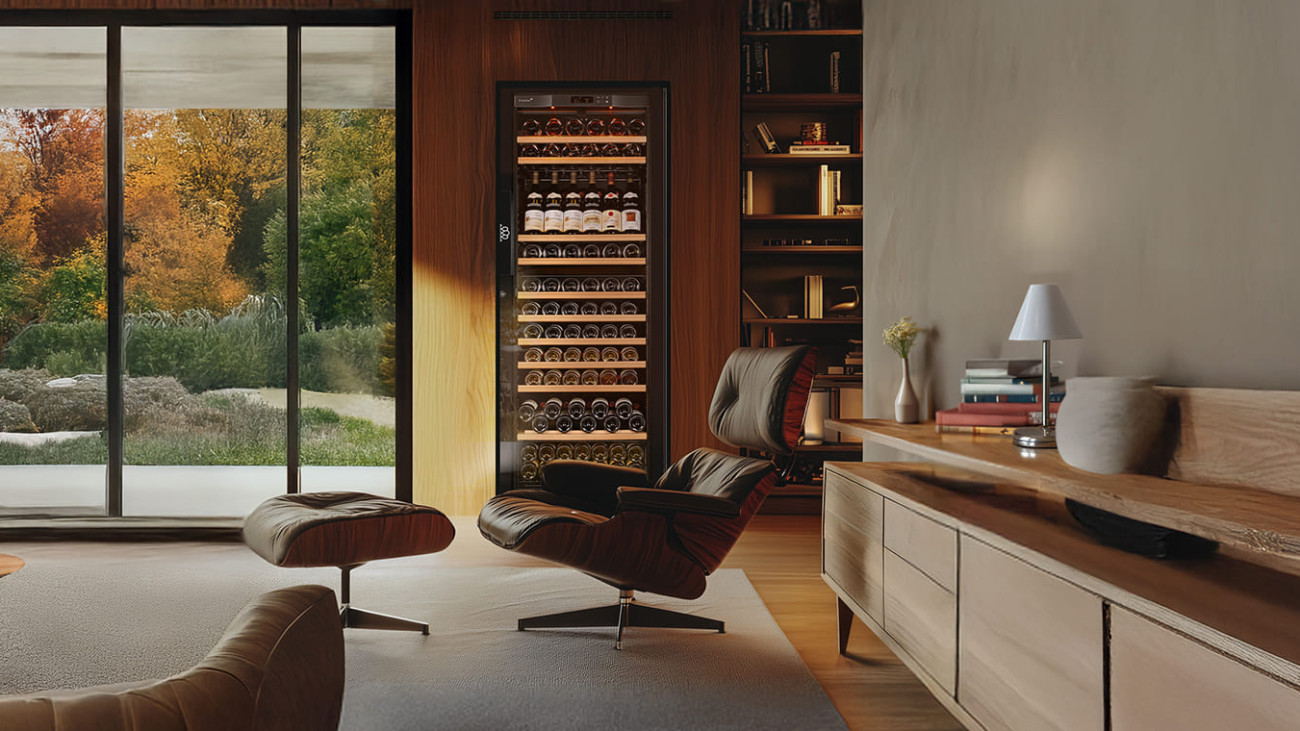[ UNDERSTANDING WINE ]
What is a cru, really?

The term "cru" is inseparable from the language of wine, but its meaning varies depending on the wine regions. In France, it refers to notions of terroir, quality, and sometimes to complex hierarchies.
From Burgundy crus to Bordeaux crus, and including Alsace and Beaujolais, discover how this word embodies the excellence of French wines.
Origin and meaning of the word "cru"
The word "cru" originates from the Latin "crescere," meaning "to grow," and reflects the deep connection between the vine and the terroir. In oenology, it refers to a specific production area where the quality of the grapes is recognised as exceptional. This concept is based on a unique interaction between soil, climate, altitude, and grape varieties, making each cru distinctive. In France, the term embodies both a tribute to the terroir and a promise of quality, often associated with prestigious classifications such as Premiers Crus and Grands Crus.

@boundlessvisionnz
Crus in Burgundy: a centuries-old hierarchy
In Burgundy, the notion of cru is based on a precise classification system established as early as the 12th century by Cistercian and Benedictine monks. This ranking is based on the quality of the vineyards and consists of four levels:
Classification of the crus of Burgundy
01. Gran cru, representing the elite wines of the region
02. Premier Cru, high-quality wines often offering excellent value for money
03. Village appellation
04. Bourgogne appellation
A Burgundy cru, whether it is a Grand Cru, a Premier Cru, a Village Appellation or Bourgogne, is always associated with a vineyard of rare quality. These wines perfectly reflect their terroir of origin.

Bordeaux: crus linked to châteaux
In the Bordeaux region, the term "cru" is used differently. Here, it is linked to wine estates rather than vineyards. The most renowned Bordeaux cru is the Grand Cru Classé, derived from the famous 1855 classification. This classification distinguishes châteaux on the left bank (Médoc, Graves, and Sauternes) in a hierarchy ranging from first to fifth growths.
On the right bank, notably in Saint-Émilion, crus are classified differently: Premiers Grands Crus Classés A, Premiers Grands Crus Classés B, and Grands Crus Classés. In Pomerol, however, no official hierarchy exists, but some names such as Pétrus shine with international fame.
Crus in other regions of France
The concept of cru extends beyond Burgundy and Bordeaux to other prestigious terroirs:
Alsace : The region boasts 51 Grands Crus, where grape varieties such as Riesling and Gewurztraminer fully express their potential.
Beaujolais : Here, the term "cru" refers not to vineyards but to villages such as Morgon or Fleurie. These Beaujolais crus are renowned for their fruity character and freshness.
Champagne : In this region, villages were once classified according to an "Échelle des Crus." Although this classification was legally abandoned by the Champagne AOC in 1989, domains continue to use it to highlight the prestige of a Premier Cru or Grand Cru on their labels.
Through their unique characteristics, the crus of France offer a mosaic of flavours and traditions that reflect the immense richness of the French viticultural heritage.

Caring for your grands crus
Great crus are not just bottles of wine; they are treasures to be carefully protected. Whether it is an exceptional cuvée, a rare vintage, or a bottle filled with precious memories, each cru holds an invaluable worth that deserves to be preserved over time. Optimal ageing is essential to allow the wine to develop its full aromatic complexity and reveal its full potential. This is why it is crucial to provide ideal storage conditions, whether in a natural cellar or an electric wine cellar. By taking proper care of your crus, you ensure not only their optimal ageing but also the preservation of their story and value, to be shared or enjoyed at the perfect moment. Discover the fundamentals of preserving these exceptional bottles.
EuroCave, an expert in wine storage for nearly 50 years, offers a wide range of wine ageing cellars, from small to large capacity, as well as wine serving cellars. Indeed, the serving stage should not be overlooked, as it plays a crucial role in unveiling all the subtleties of an exceptional wine. Each type of wine has an ideal serving temperature that allows its aromas to be fully expressed and its richness fully appreciated. To achieve the perfect temperature, it is recommended to use a serving cellar that can be adjusted according to the wine's colour. The right serving temperature is key to enhancing every tasting experience and paying tribute to the winemaker's craftsmanship and the value of the cru.




![[ Wine Explained ] Everything about wine aging [ Wine Explained ] Everything about wine aging](https://www.eurocave.com/media/cache/app_shop_card_universe_desktop/11/d0/d0a81f93d37cd7415df09b7684e3.jpg)
![[ Deco trend ] Creation of a wine room: customised design for wine enthusiasts [ Deco trend ] Creation of a wine room: customised design for wine enthusiasts](https://www.eurocave.com/media/cache/app_shop_card_universe_desktop/35/ff/c1366fc451bcc4d0c5bbd024b725.jpg)
![[ Deco trend ] Sideboard furniture: The decor trend inspiring wine cabinets. [ Deco trend ] Sideboard furniture: The decor trend inspiring wine cabinets.](https://www.eurocave.com/media/cache/app_shop_card_universe_desktop/31/e3/78d0cd0ee6769f3637d261154a6f.jpg)